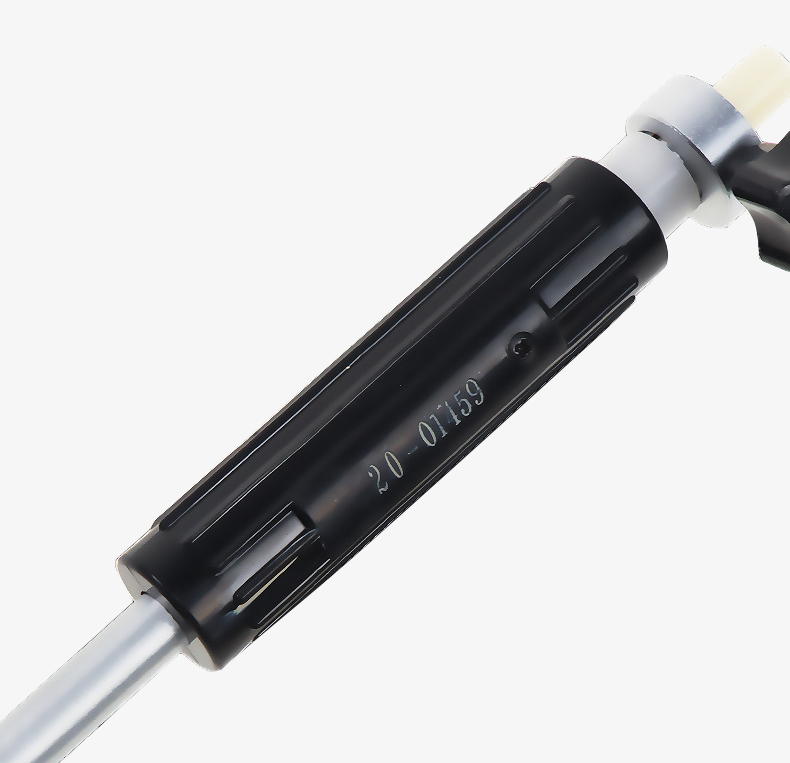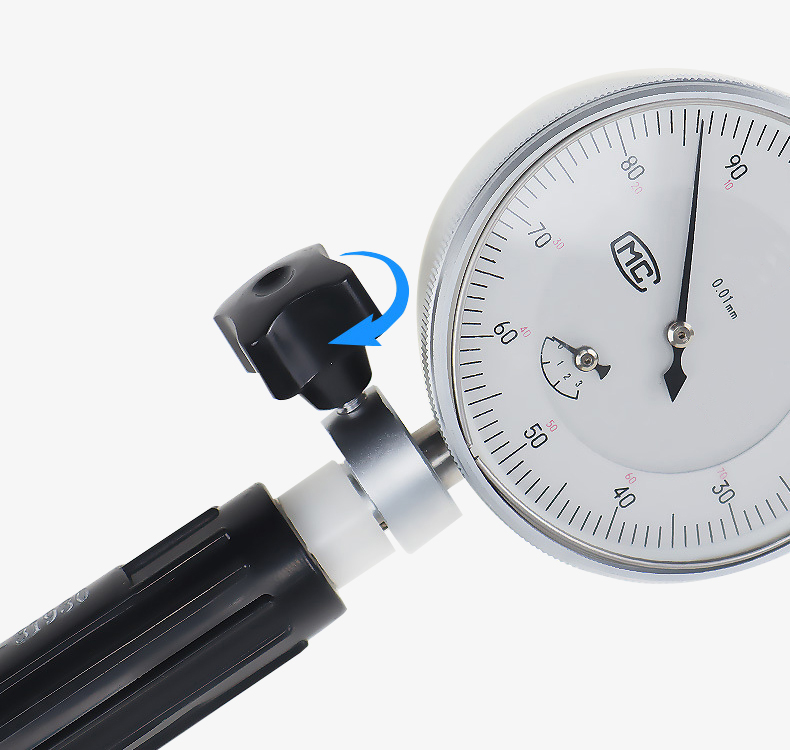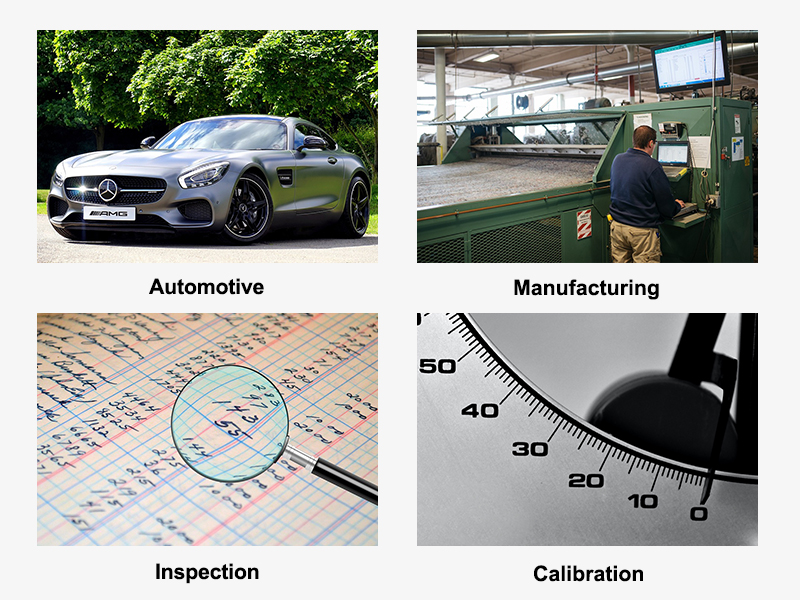A bore gauge with 35-50mm measuring range, which is a combination of the inner lever measuring frame and the dial indicator, the bore gauge is used to measure or inspect the inner hole, deep hole diameter, and shape accuracy of the part.

Insulated handle design
- Effectively insulate the heat and measure hot parts
- The product has an anti-counterfeiting code

Locking device design
- The measurement data is locked and the data is more accurate
- Dial clear scale, intuitive and convenient reading
Applications
SISCO dial bore gauges are used in applications where holes, cylinders, and pipes need the be measured, such as automotive, manufacturing, and inspection and calibration uses. Mechanics and machinists use bore gauges to measure wear in cylinder heads.

- Model: SISCO-DBG-104000
- Measuring Range: 35-50mm
- Precision: ±0.01mm
- Division value: 0.01mm
- Measuring Depth: 150mm
- Weight: 3kg
Q1: What is a dial bore gauge?
A1: A dial bore gauge is an instrument that measures the inner diameter of small holes. Bore gages are critical when it comes to measuring parts that have small holes in them. Typically, these versatile instruments are used as part of a quality control process to ensure that bore sizes are standardized.
Q2: Why is a bore dial gauge used?
A2: A Bore Gage is used to measure the inside diameter of a hole or cylinder. This explains why it is referred to by so many different names. You are actually measuring the bore size.
Q3: How does a dial bore gauge work?
A3: A typical bore gauge is comprised of a shaft with a dial indicator at the top and a measuring sled at the base. The measuring sled consists of three guides and an actuating plunger. Dial bore gauges give you quick and accurate readings on the size, less than perfect roundness, or wear.
Tips: How to calibrate a dial bore gauge?
- Before calibration, the time for the internal diameter gauge and the standard device used to balance the temperature in the calibration room is generally not less than 2 hours.
- First, check the appearance of the inner diameter gauge to determine whether there are factors that affect the calibration measurement characteristics. For example, the movement of the measuring mechanism of the inner diameter gauge should be smooth, flexible, and free from jamming and blocking. Each measuring head should be easy to replace, and it should be stable and reliable after fastening.
- Check the surface roughness of the measuring surface of the probe and the spherical radius of the probe. Use surface roughness comparison samples for comparison. It is required that the surface roughness of the inner diameter probe with positioning bridge, the measuring surface of the movable probe and the contact surface of the positioning bridge should not exceed 0.2um.
Thank you for buying industrial test and measurement equipment on SISCO.com, all products sold by SISCO and the partner cover a 12 months warranty, effective from the date of receiving the products.
What is covered?
SISCO is responsible for providing free spare parts, and free technical support to assist the customer to repair the defective products until the problem is solved.
What is not covered?
- Product purchased from anyone other than a SISCO store or a SISCO authorized reseller.
- Expendable parts.
- Routine cleaning or normal cosmetic and mechanical wear.
- Damage from misuse, abuse or neglect.
- Damage from use of parts other than SISCO approved.
- Damage from use outside the product’s usage or storage parameters.
- Damage from use of parts not sold by SISCO.
- Damage from modification or incorporation into other products.
- Damage from repair or replacement of warranted parts by a service provider other than a SISCO authorized service provider.
- Damage caused by the application environment not meeting the product usage requirements and the failure to perform preventive maintenance.

